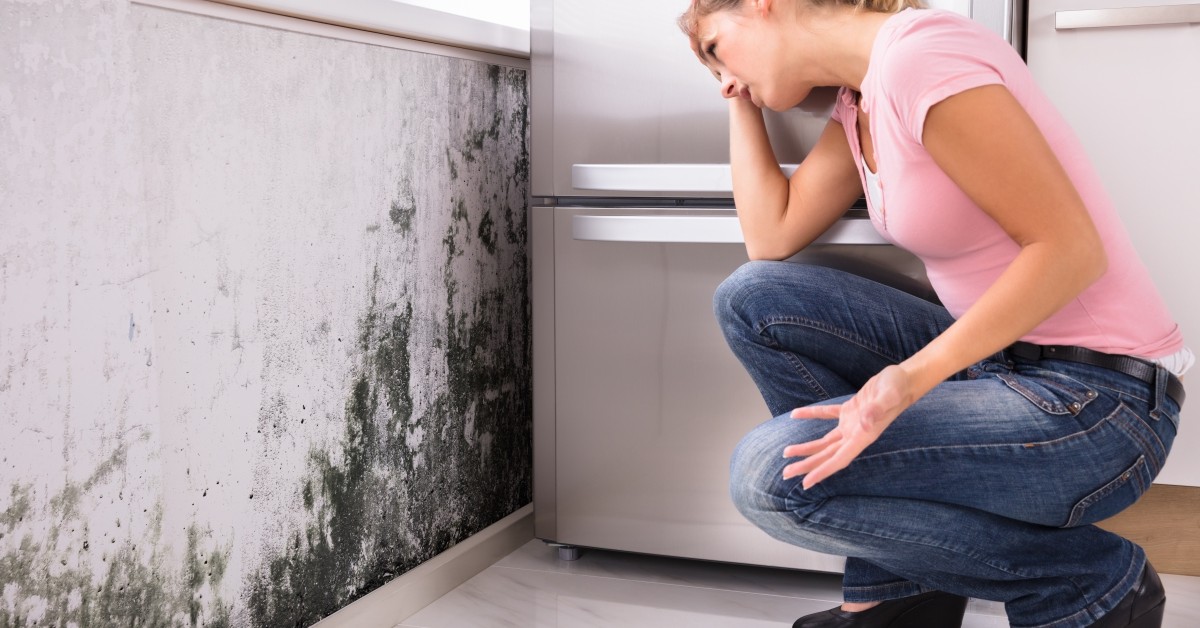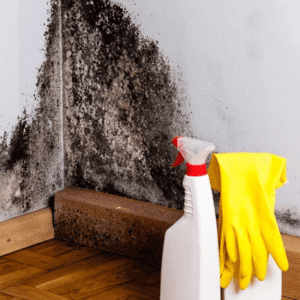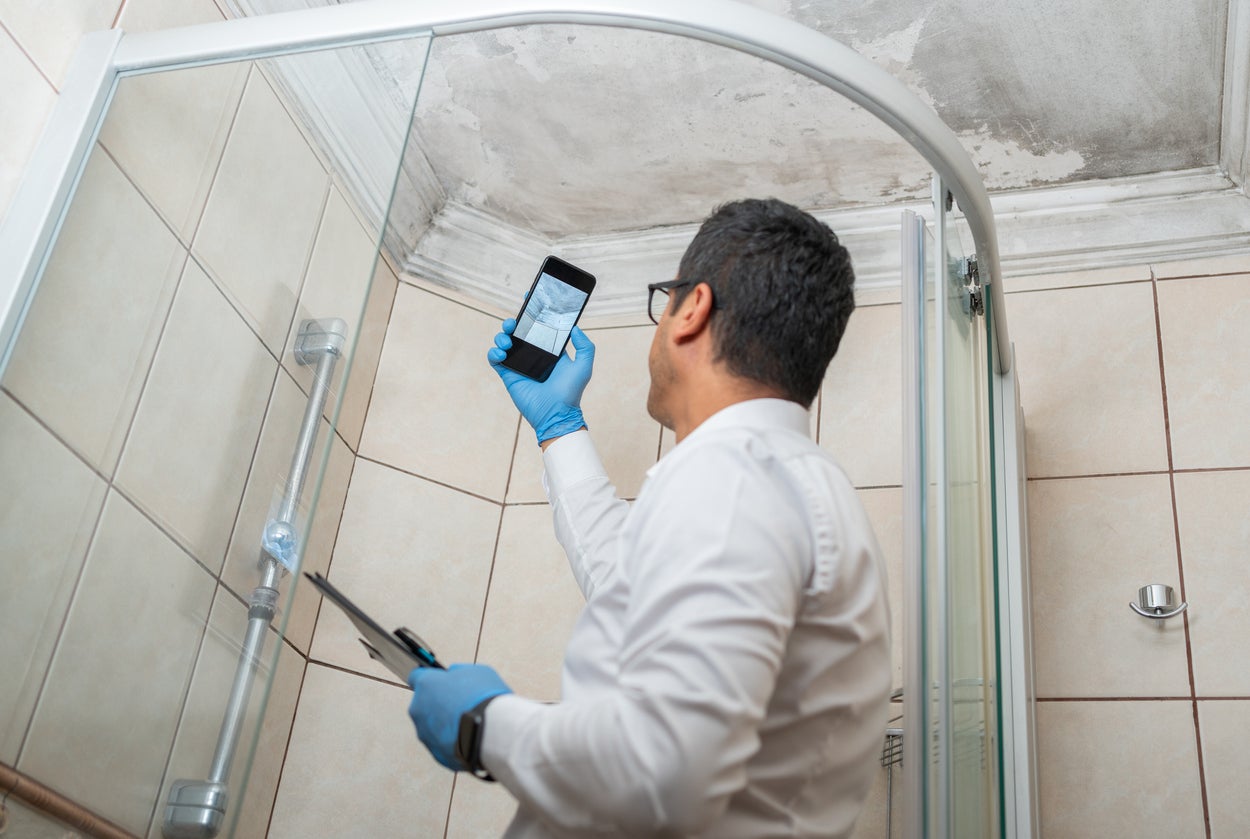Testing Air Quality After Mold Remediation
Testing Air Quality After Mold Remediation
Blog Article
Your Ultimate Guide to Article Mold And Mildew Remediation Strategies
Browsing the realm of post-mold remediation techniques is a thorough process that requires attention to information and a thorough understanding of the complexities involved. In the after-effects of mold problem, understanding exactly how to effectively eradicate the mold and mildew and avoid its reoccurrence is paramount for maintaining a healthy and balanced interior atmosphere. From selecting the appropriate cleansing and sanitizing techniques to implementing techniques for lasting mold and mildew prevention, each action in the removal journey plays an essential function in ensuring an effective result. As we get started on this expedition of post-mold removal methods, we will discover the essential approaches and ideal methods that can help you recover your room to its pre-mold problem and safeguard it against future mold and mildew hazards.
Comprehending Post-Mold Remediation Process
After completing the mold remediation procedure, it is critical to comprehend the post-mold removal strategies that are required to ensure a extensive and reliable cleaning. Once the mold has actually been gotten rid of, the following step involves cleaning and decontaminating the influenced areas to stop any type of regrowth of mold.
Moreover, carrying out a final assessment post-remediation is important to make certain that all mold and mildew has actually been successfully gotten rid of. This evaluation needs to include a thorough visual check as well as perhaps air sampling to verify the lack of mold and mildew spores airborne. Additional remediation might be essential if the examination reveals any kind of remaining mold. Lastly, educating occupants on preventative measures such as controlling wetness levels and promptly resolving any type of water leakages can assist maintain a mold-free setting.
Effective Cleaning Up and Decontaminating Methods

Stopping Future Mold Growth

Significance of Appropriate Ventilation
Correct air flow plays a critical function in avoiding dampness accumulation, a crucial factor in mold development within interior atmospheres. Reliable air flow systems assist remove excess humidity from the air, minimizing the opportunities of mold spores discovering the dampness they need to germinate and spread. Without sufficient ventilation, indoor areas can end up being a breeding place for mold and mildew, leading to possible wellness dangers and architectural damages.
By guaranteeing proper air blood circulation, air flow systems can also aid in drying damp areas quicker after water damages or flooding incidents, additionally discouraging mold and mildew growth. testing air quality after mold remediation. Precede like shower rooms, cellars, kitchen areas, and attic rooms where moisture levels tend to be greater, setting up and maintaining effective air flow mold removal on grout systems is important in stopping mold problems

Surveillance and Upkeep Tips
Provided the critical role that appropriate air flow plays in preventing mold and mildew growth, it is necessary to develop effective monitoring and upkeep tips to guarantee the ongoing performance of air flow systems. Regular evaluations of ventilation systems must be carried out to check for any type of indicators of obstructions, leakages, or breakdowns that might hinder correct air flow. Tracking moisture degrees within the residential or commercial property is additionally vital, as high moisture can add to mold development. Mounting a hygrometer can assist track humidity levels and alert house owners to any spikes that might require focus. Additionally, making sure that air filters are regularly cleaned up or replaced is important for keeping the efficiency of the air flow system. Executing a routine for routine maintenance tasks, such as air duct cleansing and HVAC system evaluations, can assist prevent issues prior to they rise. By remaining alert and positive to the condition of air flow systems, homeowner can properly minimize the risk of mold and mildew regrowth and keep a healthy and balanced interior atmosphere.
Conclusion
To conclude, post-mold removal strategies are essential for guaranteeing a risk-free and tidy environment. Understanding the process, carrying out efficient cleaning and sanitizing techniques, stopping future mold and mildew development, keeping proper air flow, and normal surveillance are all important actions in the remediation process. By complying with these guidelines, you can successfully eliminate mold and prevent its return, functioning or promoting a healthy and balanced living area for all residents.
In the consequences of mold and mildew problem, recognizing how to properly eliminate the mold and prevent its reoccurrence is extremely important for maintaining a healthy interior atmosphere. When the mold has been gotten rid of, the following step involves cleansing and decontaminating the impacted areas to prevent any type of regrowth of mold - Post Mold Remediation. After removing visible mold and mildew development, it is critical to clean all surfaces in the afflicted location to eliminate any kind of remaining mold and mildew spores. To better improve mold avoidance measures, it is vital to address underlying concerns that initially led to mold advancement.Given the essential function that appropriate ventilation plays in stopping mold and mildew growth, it is imperative to establish effective monitoring and maintenance tips to make certain the ongoing capability of air flow systems
Report this page